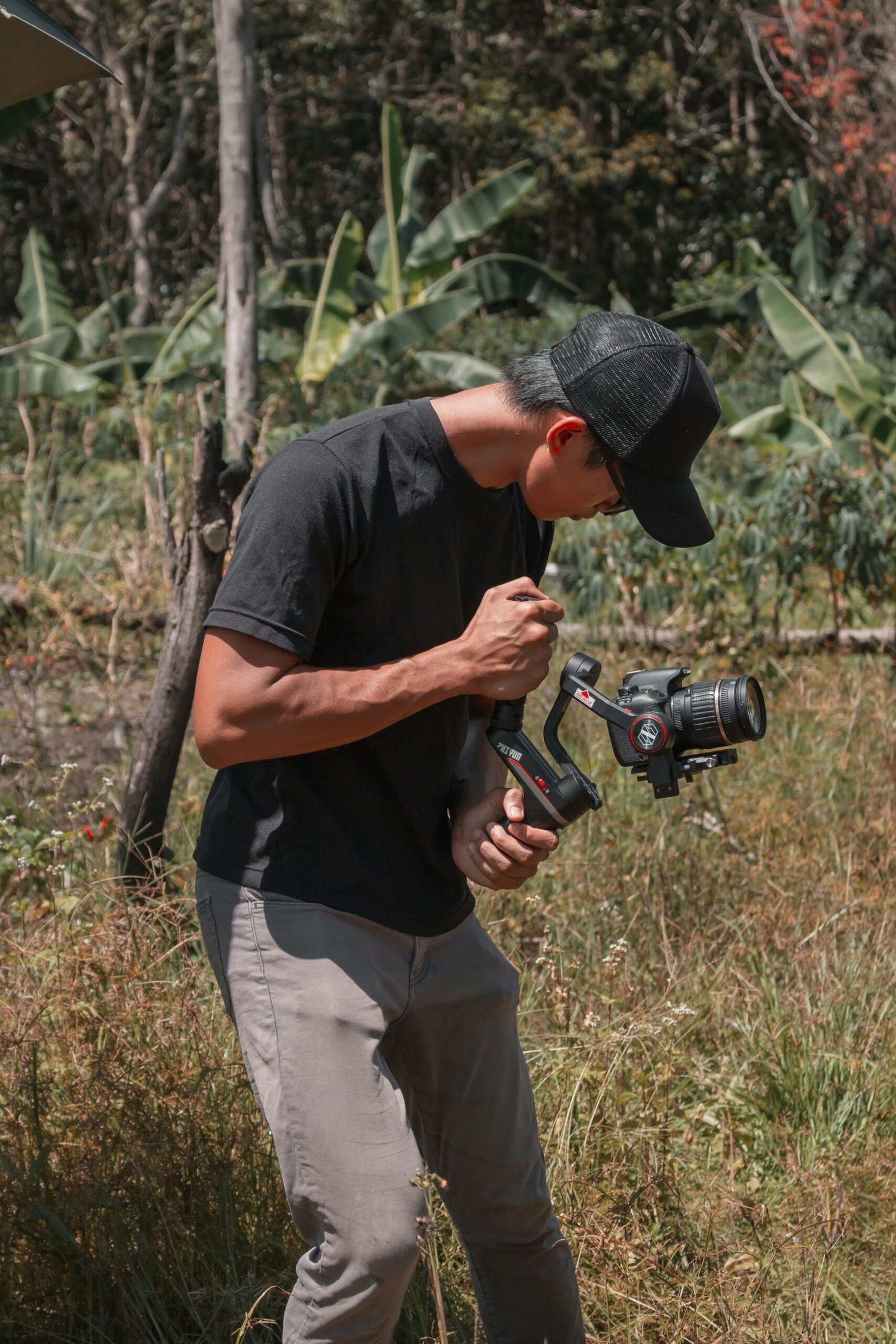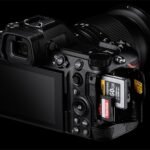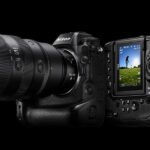Using a meter to expose your photo
If you’re like me, when you first started shooting film you probably didn’t know how to expose properly. But with a little help from this article, you can be on your way to consistent exposures that look great in your finished photos. So let’s start at the beginning: What is a light meter?

Using a meter to expose your photo properly
You might be wondering how to use a meter, and when to use an external or internal one. If you’re using a camera with full-auto mode, then your camera will do all of the work for you; but if you have more control over the variables (or if you prefer manual settings), then it’s important for you to know how meters work and why they are so important.
There are two types of meters: external and internal. An external meter is basically any device that can measure both light intensity and color temperature in order to determine proper exposure—and these devices usually come as part of an attachment or accessory. Internal meters are built into cameras as part of their electronic systems; some DSLRs have them while others don’t.
External meters take readings from what we call “ambient light”—that is, light that isn’t coming directly from another source like a flashgun or spotlight but rather just exists naturally around us at any given moment (in contrast with artificial lighting). So if there’s enough ambient illumination available out there in our environment, then we won’t need anything else besides our own eyesight without assistance from other tools such as metering equipment!
Internal camera meter vs external meter
- Internal camera Meter (built-in): Some cameras have a built-in meter that helps you expose your photos. These are usually called “evaluative” or “matrix” metering, and work by taking a reading from multiple areas of the frame to determine exposure. They can be useful for certain types of photography, but not for more advanced techniques.
- External meter: External meters measure light directly by placing a sensor in front of your camera lens and calculating exposure based on this measurement. This type of meter is more accurate than an internal one because it measures light without being affected by factors like the reflectivity of your subject, the brightness or darkness of its background, or any other variables that might impact an internal meter’s calculation. However, external meters also tend to be more expensive than internal ones and require batteries (if they don’t run on AA batteries) which makes them less convenient as they need to be carried around with you wherever you go.* Internal Camera Meter (built-in): Some cameras have a built-in meter that helps you expose your photos. These are usually called “evaluative” or “matrix” metering, and work by taking a reading from multiple areas of the frame to determine exposure. They can be useful for certain types of photography but aren’t ideal if you want more control over how your shots turn out.* External Meter: External meters measure light directly by placing a sensor in front of your camera lens and calculating exposure based on this measurement.* It’s important when considering whether to use an external vs internal camera meter that both methods were designed for different purposes:
Internal Camera Meter
Another method is to use the internal camera meter built into your camera. This is the most accurate way of metering, but it can only be used if you’re using an interchangeable lens camera with a built-in light meter. If you have one of these cameras, make sure that you check your manual about how to set up and use the light meter – there are usually several options available for setting up the light meter on your DSLR or mirrorless camera.
The problem with using this method is that it’s not as accurate as external spot metering or handheld meters when taking long exposures at night or in low-light situations where shutter speeds fall below 1/30th of a second (or possibly even higher shutter speeds).
External Or Handheld Meter
The best way to use a handheld meter is to take the measurement directly from the subject. It’s usually better than using an internal camera meter because it gives you more accurate readings.

Advantages of an external meter
An external meter is more accurate
A dedicated light meter will give you a more accurate reading than the built-in meters on your camera. While most cameras have a pretty specific idea of what ISO, aperture, and shutter speed should look like for any given situation, an external meter will let you get much closer to the perfect exposure for your subject.
External meters are easier to use
External meters are also very easy to use. Just set it up so that it’s pointing at your subject, take a reading from that point, and then adjust your camera settings accordingly. It couldn’t be simpler!
External meters can be used in all lighting conditions
As we’ve already discussed, many modern cameras have problems with metering in certain situations (such as low light). A good quality external meter will work under all kinds of lighting conditions without any trouble whatsoever, giving you consistent results every single time.
Disadvantages of an external meter
- External meters are more expensive than internal meters.
- External meters need to be charged and calibrated.
- External meters are not as accurate as internal meters.
- External meters have no memory, so you will have to set them every time you use them.
With a good understanding of how your camera meter works and a little practice, you can use it to get the right exposure for your scene. Remember that meters are not substitutes for the experience; they are only tools to help you take better photos. Don’t forget your own personal preferences when choosing settings!

Conclusion
So, if you want to take better photos and achieve the correct exposure then you need to learn how to use a meter in your camera. It’s not as hard as it may seem at first glance and it can make all the difference between a crappy photo and one that looks professional.




